Levelling my lathe - a build log
Or a plea for help?
| Iain Downs | 02/09/2023 12:16:57 |
| 976 forum posts 805 photos | Recently, I've found that my lathe isn't turning parallel. In fact it's out by about 0.05mm (2 thou) over 30-40mm near the headstock. In a different post I tried to resolve this by shimming the headstock. Everyone told me to level the lathe. So I'm going to try. I have some ideas and I've started work on them, but before I go too far I wanted to see if I was totally mad! Oh - my lathe is a CJ618A a 7x14 minilathe pretty much the same as the SC3 (I think) This was my basic idea. The bit at the top represents the lathe bed. Obviously it's not that shape, but I just wanted to model the feet. Normally it's bolted to a thin tray through 4 M6 bolts which secure from underneath. My original (current?) thinking was to provide a baseplate (the bottom bit of steel) which I secure to the bench (home built wood) which I would level and then bolt the base (the middle plate) to. This would leave the base level and make it easier to level the lathe bed against it with shims. I thought that a simple base of 20mm steel may not be rigid enough to level against, but 2 lots of it would make the lathe (normally about 40k) far too heavy to move about for servicing, but I could probably cope with the extra 10k from the base. So the baseplate stays on the bench nice and level but I can remove the base and lathe without having worry about twist. I have two concerns. Firstly, my original (current?) plan was to put some m6 holes in the feet of the bed to bolt it to the base (with shims as needed). The problem with that is that the control box and motor make access to the feet at the headstock end difficult. I wondered if I should use the existing M6 threaded holes from underneath, but then I wouldn't be bolted down to the baseplate and that would lose some rigidity.. I'm also wondering if the baseplate is actually useful.. The recent article about levelling in MEW talks about straightening a lathe up without it being level (Dollies Dad.and so on). Any views welcome! Iain
|
| Iain Downs | 02/09/2023 12:24:03 |
| 976 forum posts 805 photos | As mentioned above I have already started on this lunacy. First was to find some steel to make the base and baseplate from. A visit to the local scrap yard found a piece that was far too big, but I thought, 'what the hell - cheaper than buying a smaller new bit'. The piece in question is about 1.7m x 77cm and weighs about 170kg. I case you are wondering, this considerably exceeds my bench press capability! 2 strong you men and a forklift got it in the back of my car and I was sure I'd work out some way of getting it out! Yup - that's a big bit of steel! After panicing mildly for a while (to say nothing of the views of SWMBO) I got the end lifted up with the aid of my son and pulled out a bit. then I cut off the first 200mm (for the base) with a angle grinder (and several blades). Having done that I pulled out another 300mm (for the baseplate and cut that off). By now I'd burned through my 8 inch blades and was going through my small angle grinder! But in the end i got it off. This left a piece only (!) about 100kg and we were able to slip that off the boot onto the ground and then marched it over the end of my shed where it will stay until I can get round to chopping it up a bit more (I do have some ideas for it, in fact).
Iain |
| Iain Downs | 02/09/2023 12:34:34 |
| 976 forum posts 805 photos | Now it's all very well having a nice piece of rusty scratched steel, but surely I want it cleaned up? Yup. Inside to the Mill. Well first a bit off the end to bring it near finally dimension. The thinner cutting blades have worked much better and I got the end cut off with only an inch or so of wear! Fortunately my mill (VM32L) is reasonably chunky and will (just, sort of) fit the base on. First trick was to drill and counterbore some 6 mm holes so I can secure it for face milling. I also squared up the back of the piece with a 10mm carbide end mill. It would have been nice to use the front, but there wasn't enough travel. Had I been clever I would have mounted the plate further back (5mm would have done) and I could have trued front and back at the same time. I wanted to true one side in this position so I could square it up with an indicator for future operations. When I'd done all this I realised that I'd no easy way to get the T slot nuts in the right place. I had to use bolts as my fixings couldn't be proud of the workpiece. The solution was to cut some bits of wood which match the distance the nuts would have to be as seen below. Then bolted down, square up (the machined edge now at the front) and on to the surface. A few passes and mostly it's done. There's a few mm at one end which I can't get to on the surface, but that will come off when I machine to size. There are also some bits at the ends I couldn't get to with the end mill and will need to move the plate around on the table to get access to them and the short ends as well.
Iain |
| Michael Gilligan | 02/09/2023 12:48:11 |
23121 forum posts 1360 photos |
Whatever your coefficient of lunacy might be, Iain … You deserve to get some decent results after all that effort !! MichaelG. |
| Ady1 | 02/09/2023 13:41:23 |
6137 forum posts 893 photos | Great move. You will think you're bonkers at first but if you're doing a lot of stuff... Once you chop it up you will have saved yourself an absolute fortune in materials I use the blue spot stainless discs, find the cheapest source and buy 100 of them For critical straight cuts put the plate into a big vice and move the disc along the top of the vice jaws Well done you If you've got a 200+ amp stick welder then all sorts of other options become available Edited By Ady1 on 02/09/2023 14:06:55 |
| Andy_G | 03/09/2023 09:33:17 |
260 forum posts | Scrap the idea - Make the bed out of rectangular hollow section (something like 150 x 75 x 6) and fit the bolts from inside the section uo into the existing tapped holes in the lathe feet. It will be lighter and stiffer. |
| Dave Wootton | 03/09/2023 10:28:19 |
| 505 forum posts 99 photos | Looks like a great idea, I remember an article in a club magazine where one of the members had an ML7 with a permanent twist that the raising blocks would not take out as the rather flimsy cabinet twisted, he did a similar thing putting a large piece of 1" steel platethat ran between the lathe riser blocks and Myford cabinet. Not only did he get the twist out he said the lathe was now extremely quiet when running. Think of all the things you can make with the offcut! Interesting post let us know how it works out. Dave Edited By Dave Wootton on 03/09/2023 10:29:39 |
| Neil Lickfold | 03/09/2023 10:31:19 |
| 1025 forum posts 204 photos | Iain, Some lathes do get delivered with the headstock, not running true to the run of the bed of the lathe. When a lathe is not turning true, there are many things to check to identify the actual issue. It will require some measuring equipment and dial indicator or 2. Some have adjusters for getting the headstock true to the run of the bed. Often these are not easy to access at times. Check the manual for seeing if yours can be adjusted a small amount, note it will require access to the headstock hold down screws/ bolts as well. Look up about doing the basic checks as it is a long typing exercise, and has been covered here in the last couple of years. All that is required is something that allows the bed to be set up so that it is in the condition it was in when being ground etc. Neil |
| Iain Downs | 03/09/2023 15:27:18 |
| 976 forum posts 805 photos | Neil - the lathe has a single prism which the headstock and carriage both align on. The only adjustment per se is to tighten up the largely inaccessible bolts a bit more or less. I've tried shimming the headstock on the prism to tweak it a bit with mild success. However from checking an MT3 test bar with an indicator the bed has a small angle in it rather than just being off in one direction. Hence, I suppose a twist in the bed. Having thought about this, I think my first step is to bolt up from underneath through just the base. This may or may not work. If it does it's saved me a huge amount of pain. If it doesn't then we try the next step! Ta all.
Iain |
| Iain Downs | 16/09/2023 11:01:22 |
| 976 forum posts 805 photos | I have got to the point where I've built my bed and bolted it to the lather I've then run a series of tests as follows:- MT3 test bar in headstock, min and max deviation of distance from toolpost. Fine cut of 40mm bar in 3 jaw chuck. Diameters and devation from 0 along one side. Fine cut 20mm bar in ER32 collet. diameters and min and max devation from 0 along along length.
TEST BAR 20mm bar in collet Here are a couple of graphs. the first is the diameter measured at a number of points along the length of the test bars with a 20mm bar in a collet chuck (ER32) and a 40mm bar in a 3 jaw). the distances shown are the distance from the end of the spindle rather than from the chuck. the collet chuck is about 47mm deep and the 3 jaw around 75. 20mm bar and test bar measured with a micron digital micrometer. 40mm bar with an analog vernier micrometer. Diameter changes The one below is the min and max distances from the tool post to the test bar Test bar min and max from toolpost The test bar diameter is within a couple of microns all the way along the length, but I can't guarantee it's straight (though I would hope it is, it's new!). If you remember back to my first post, I found that a bar held in the 3 jaw cut to be narrower at the headstock end by a thou or two over 50mm. As far as I can see this information supports it. It would appear that as it moves from the head, the crossslide moves OUT until around 150mm from the spindle. It then starts to move back in a little. IN short the bed appears to have a dogleg in it. All of this (long) blurb ends up with a simple question... 'how can I fix this?'. The base is probably reasonably flat (I don't really have the kit to test it over a long distance). The bed bolted down to it without any obvious stress implying the feet may already be planar. If the bed was just twisted I would have expected to see the movement (change of diameter) in one direction not in two. So I can't see how shimming the feet will help - I could possibly twist out the deviation at the headstock end, but it would make the later deviation worse. Help!
Iain |
| Dave Halford | 16/09/2023 11:48:34 |
| 2536 forum posts 24 photos | Posted by Iain Downs on 16/09/2023 11:01:22:
N short the bed appears to have a dogleg in it. All of this (long) blurb ends up with a simple question... 'how can I fix this?'. The base is probably reasonably flat (I don't really have the kit to test it over a long distance). The bed bolted down to it without any obvious stress implying the feet may already be planar. If the bed was just twisted I would have expected to see the movement (change of diameter) in one direction not in two. So I can't see how shimming the feet will help - I could possibly twist out the deviation at the headstock end, but it would make the later deviation worse. Help! Iain Ian, I can't help thinking 'why didn't he put the whole lathe on the mill table if it's that big and check the bed with a dial gauge in the cutter holder in the first place'? Is it the same when using the top slide with the carriage locked? |
| Benedict White | 16/09/2023 11:56:19 |
| 113 forum posts 1 photos | When you cut your first test piece, was the end furthest from the chuck supported by a tailstock centre?
My lathe tapers like that when up-supported and does not when supported. |
| Martin Johnson 1 | 16/09/2023 13:02:44 |
| 320 forum posts 1 photos | I dont quite understand how the diameter of your test bars vary with position in a similar pattern, which would have me checking everything about my method. That aside, your conclusion about a banana shaped bed looks correct. The next step would be to blue up the saddle and see what emerges on the bed and vice versa. It could be something as stupid as a dent in bed or saddle. Good luck, Martin |
| Iain Downs | 16/09/2023 13:46:26 |
| 976 forum posts 805 photos | Dave. Duh! That makes a lot of sense. The mill would allow me to clock the prism along the area of interest. Pain to disassemble the lathe again, but needs must. Benedict. I would expect to cut wider away from the chuck due to reduced rigidity. However, this is starting to cut narrower + I took a few of spring passes and there was no material being removed (or microns) after. Also, the 40mm bar should be rigid enough to avoid that. Martin. Looking at the two sets of results, I realise that they don't quite make sense. The test bar should show a closer distance to the toolpost, then further then nearer. I need to have another look at that. Thanks, guys.
Iain |
| Benedict White | 16/09/2023 14:49:17 |
| 113 forum posts 1 photos | Iain, nothing is rigid. Everything bends. It is just a question of degree. Thicker bends less, but it bends.
That said, you are correct that you would expect it to turn wider further from the head stock.
Is your headstock aligned correctly? You can get a test bar, or borrow one that is ground parallel and put a DTI on the carriage and run it up and down. |
| Iain Downs | 16/09/2023 15:44:01 |
| 976 forum posts 805 photos | Hi, Benedict. That is what the second graph shows. And the headstock has no natural way of being adjusted. It bolts directly on the bed, onto the prism.
Iain |
| Benedict White | 16/09/2023 17:52:53 |
| 113 forum posts 1 photos | Do you have access to an engineers level, and/or a parallel? |
| Pete Rimmer | 16/09/2023 18:05:12 |
| 1486 forum posts 105 photos | Posted by Dave Halford on 16/09/2023 11:48:34:
Posted by Iain Downs on 16/09/2023 11:01:22:
N short the bed appears to have a dogleg in it. All of this (long) blurb ends up with a simple question... 'how can I fix this?'. The base is probably reasonably flat (I don't really have the kit to test it over a long distance). The bed bolted down to it without any obvious stress implying the feet may already be planar. If the bed was just twisted I would have expected to see the movement (change of diameter) in one direction not in two. So I can't see how shimming the feet will help - I could possibly twist out the deviation at the headstock end, but it would make the later deviation worse. Help! Iain Ian, I can't help thinking 'why didn't he put the whole lathe on the mill table if it's that big and check the bed with a dial gauge in the cutter holder in the first place'? Is it the same when using the top slide with the carriage locked? It's unlikely that any home-shop-sized milling machine is going to be accurate or rigid enough to properly measure even a small lathe bed for twist, even a Bridgeport. The tables bend too much when they travel because of the overhang switching sides. A sensitive level and parallels is going to give a good idea of how things are. |
| Huub | 16/09/2023 18:41:25 |
| 220 forum posts 20 photos | In general,
All these faults combined, results in deviations that are not on a straight line. You can measure the misalignment at 200 mm from the chuck, but in practice, when you turn that length, the shaft will be supported at the end by a live centre. That will influence all results. For me, the main question would be what error do I need (not want) to reduce.
|
| Iain Downs | 25/09/2023 14:29:13 |
| 976 forum posts 805 photos | hm. Things don't get much simpler do they? The base is complete (and heavy). Before bolting it on, I put the lathe on the mill table to measure how straight the edge of the bed was. My first concern was that the lathe rocked somewhat and I needed to put a 0.15mm shim under the back left foot to chock it up. Clearly the bed, at some level is twisted!. I used a 2 micron test indicator attached to the spindle to measure along the edge of the bed. I recorded the results in 10mm increments. Being ocassionaly careful, I ran back in a second pass and ended up in a different place TWO Micron Indicator results Blue is the first run forward, orange the dun backwards after that and grey a 2nd run forward. I suspect that either the indicator is being swayed by being pulled sideways along the bed or that the spindle is being pulled slightly. To try this in a more controlled way, I bolted the lathe to the new base, locked the spindle and broke out my one micron compac indicator. Micron Indicator on mill The results of that are rather more consistent:- Lathe bed deviation in Microns I took one run at the top and one at the bottom of the edge. As a reminder, the graph below (now normalised for distance from headstock), shows the deviation from an average of the diameter of the 20mm and 40mm bars cut in the collet and chuck.
Bar deviation in MM This all makes some mechanical sense if the headstock is angled slightly away from the bed (that is furthest away at the tailstock). No at all sure what I can do with this.
Iain
|
Please login to post a reply.
Want the latest issue of Model Engineer or Model Engineers' Workshop? Use our magazine locator links to find your nearest stockist!
Sign up to our newsletter and get a free digital issue.
You can unsubscribe at anytime. View our privacy policy at www.mortons.co.uk/privacy
- hemingway ball turner
04/07/2025 14:40:26 - *Oct 2023: FORUM MIGRATION TIMELINE*
05/10/2023 07:57:11 - Making ER11 collet chuck
05/10/2023 07:56:24 - What did you do today? 2023
05/10/2023 07:25:01 - Orrery
05/10/2023 06:00:41 - Wera hand-tools
05/10/2023 05:47:07 - New member
05/10/2023 04:40:11 - Problems with external pot on at1 vfd
05/10/2023 00:06:32 - Drain plug
04/10/2023 23:36:17 - digi phase converter for 10 machines.....
04/10/2023 23:13:48 - More Latest Posts...
- View All Topics
- Reeves** - Rebuilt Royal Scot by Martin Evans
by John Broughton
£300.00 - BRITANNIA 5" GAUGE James Perrier
by Jon Seabright 1
£2,500.00 - Drill Grinder - for restoration
by Nigel Graham 2
£0.00 - WARCO WM18 MILLING MACHINE
by Alex Chudley
£1,200.00 - MYFORD SUPER 7 LATHE
by Alex Chudley
£2,000.00 - More "For Sale" Ads...
- D1-3 backplate
by Michael Horley
Price Not Specified - fixed steady for a Colchester bantam mark1 800
by George Jervis
Price Not Specified - lbsc pansy
by JACK SIDEBOTHAM
Price Not Specified - Pratt Burnerd multifit chuck key.
by Tim Riome
Price Not Specified - BANDSAW BLADE WELDER
by HUGH
Price Not Specified - More "Wanted" Ads...
Do you want to contact the Model Engineer and Model Engineers' Workshop team?
You can contact us by phone, mail or email about the magazines including becoming a contributor, submitting reader's letters or making queries about articles. You can also get in touch about this website, advertising or other general issues.
Click THIS LINK for full contact details.
For subscription issues please see THIS LINK.
Model Engineer Magazine
- Percival Marshall
- M.E. History
- LittleLEC
- M.E. Clock
ME Workshop
- An Adcock
- & Shipley
- Horizontal
- Mill
Subscribe Now
- Great savings
- Delivered to your door
Pre-order your copy!
- Delivered to your doorstep!
- Free UK delivery!


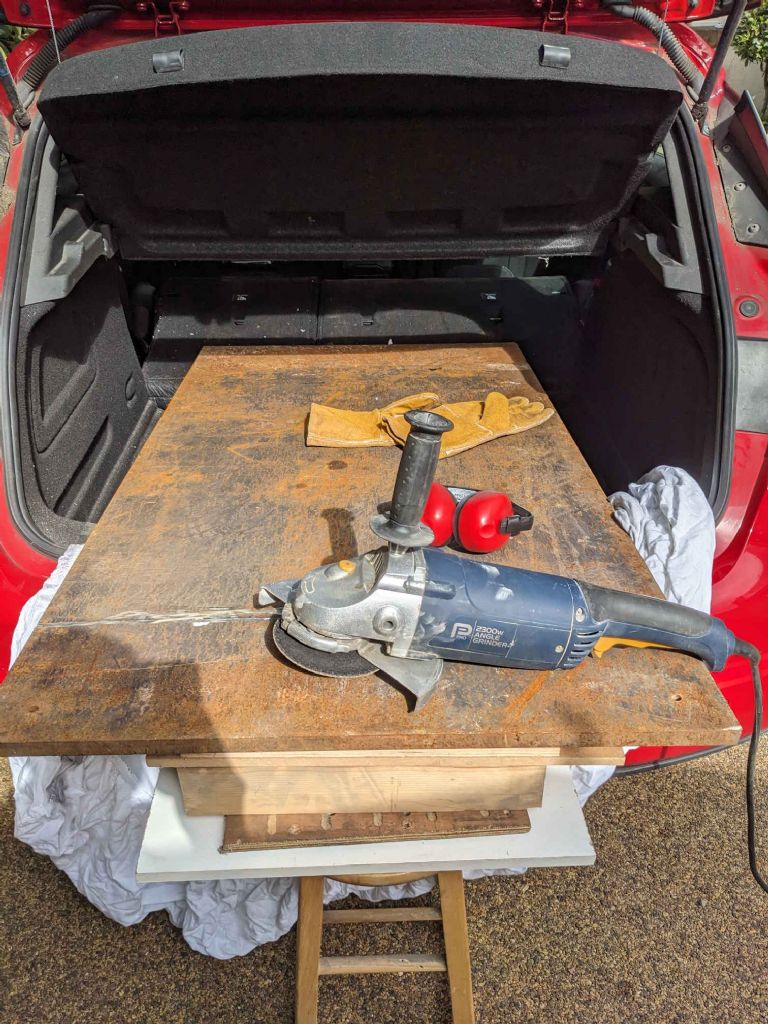
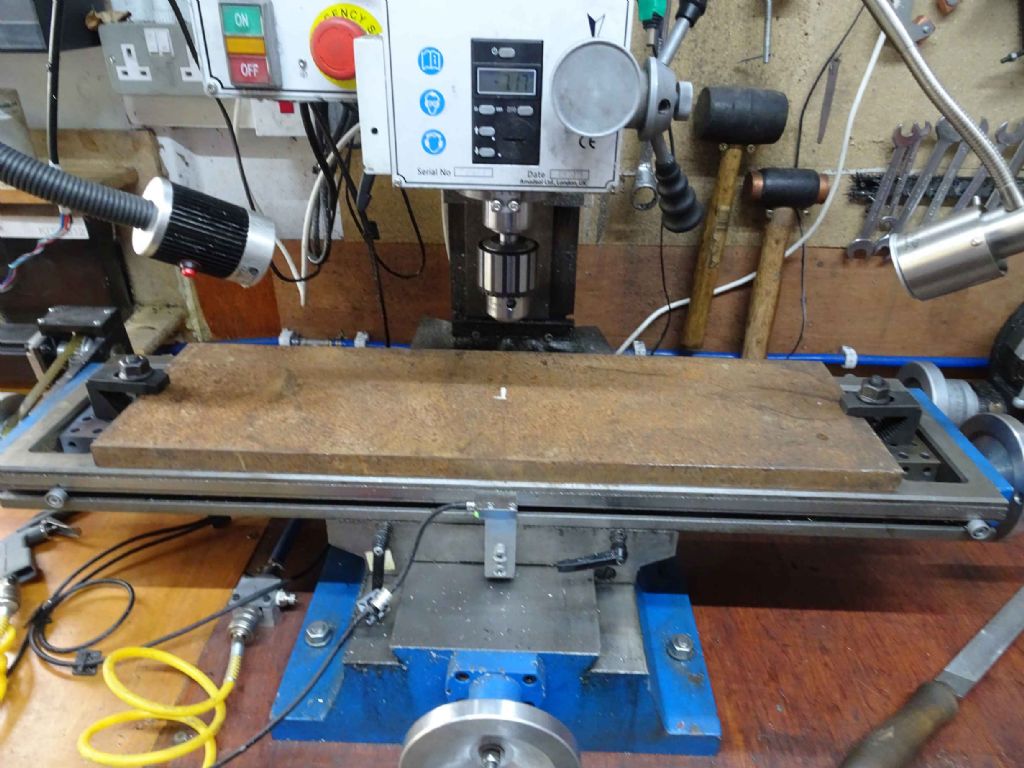

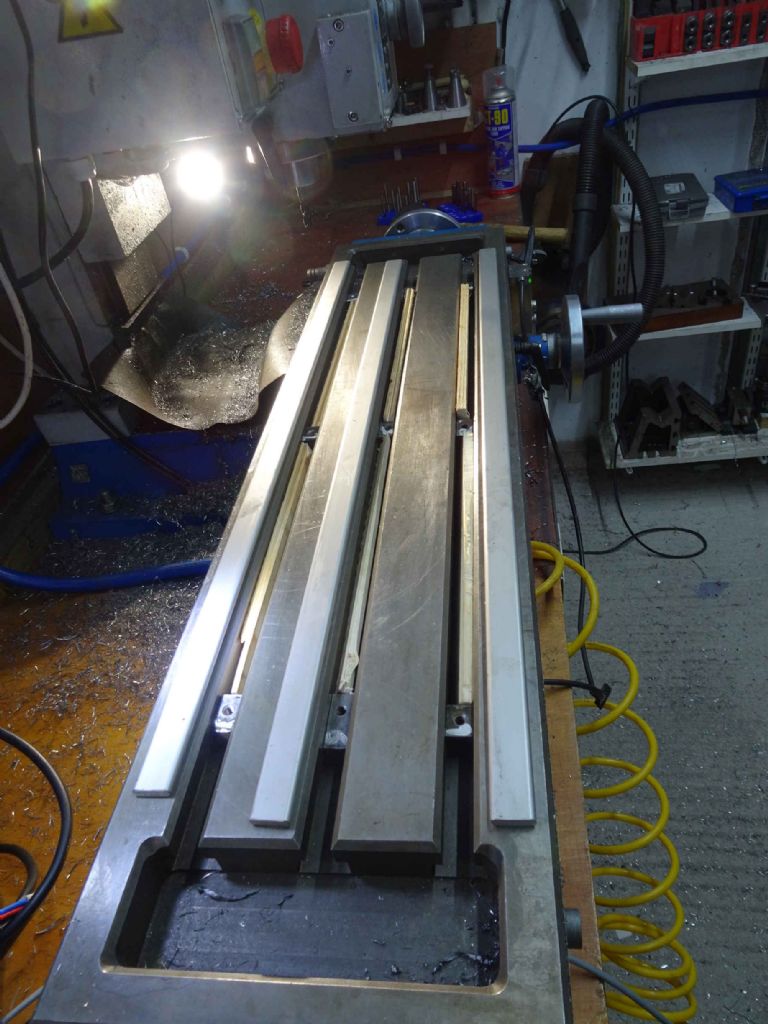
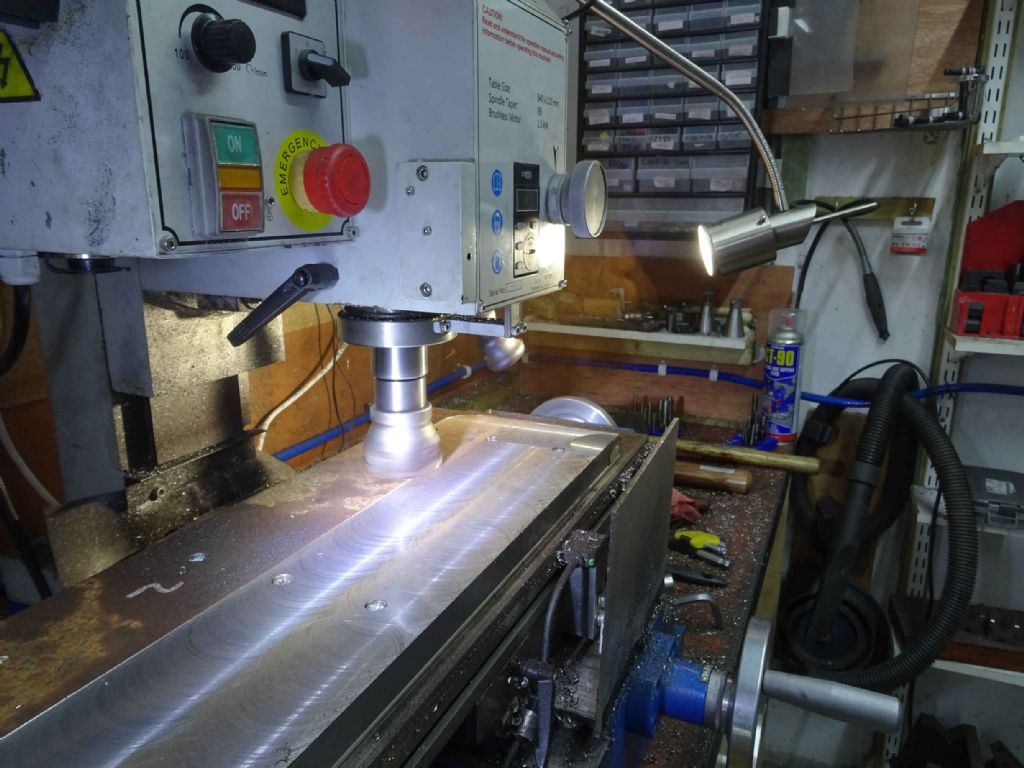
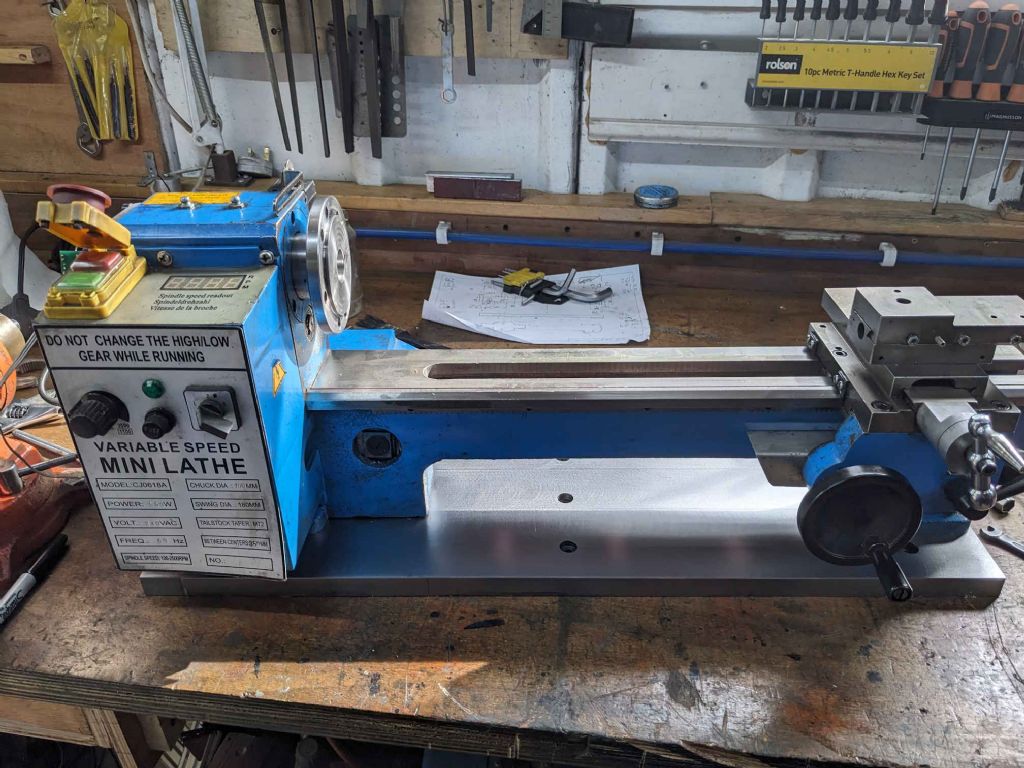

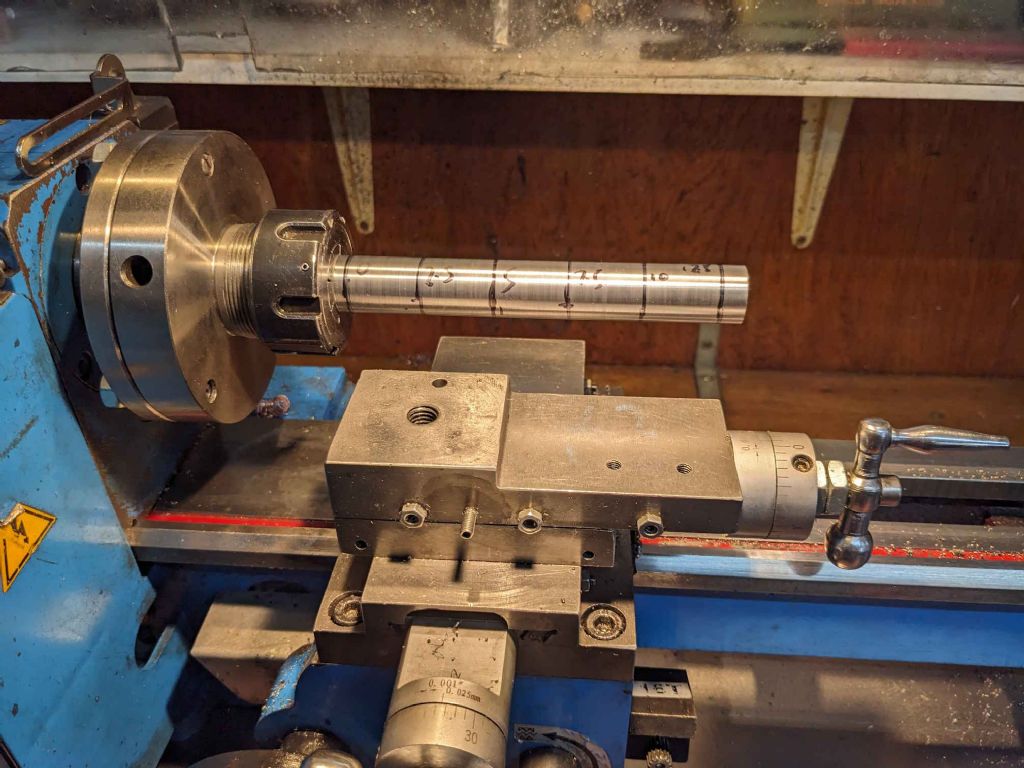

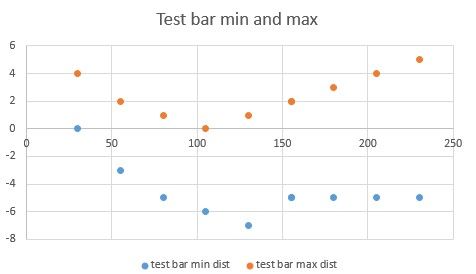
 . results are below.
. results are below.
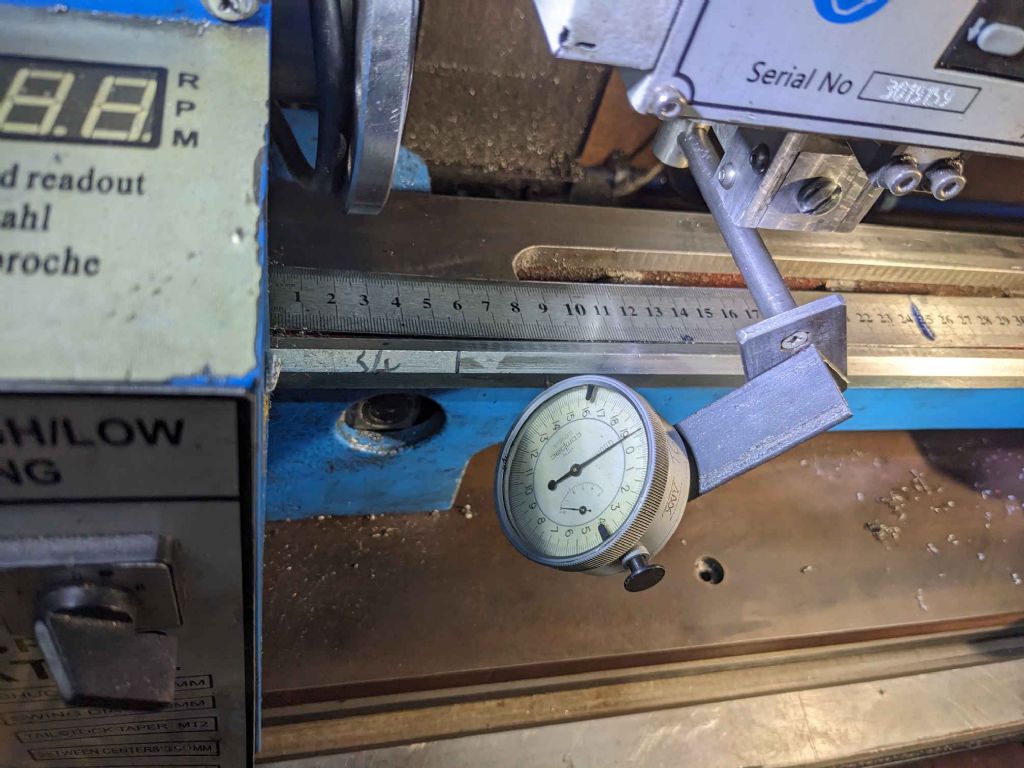
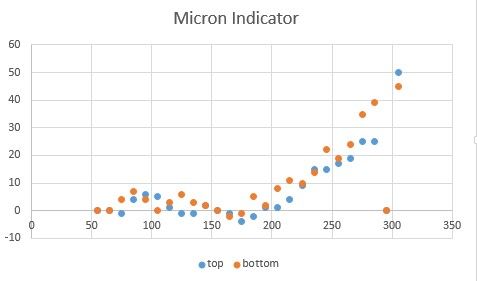










 Register
Register Log-in
Log-in


